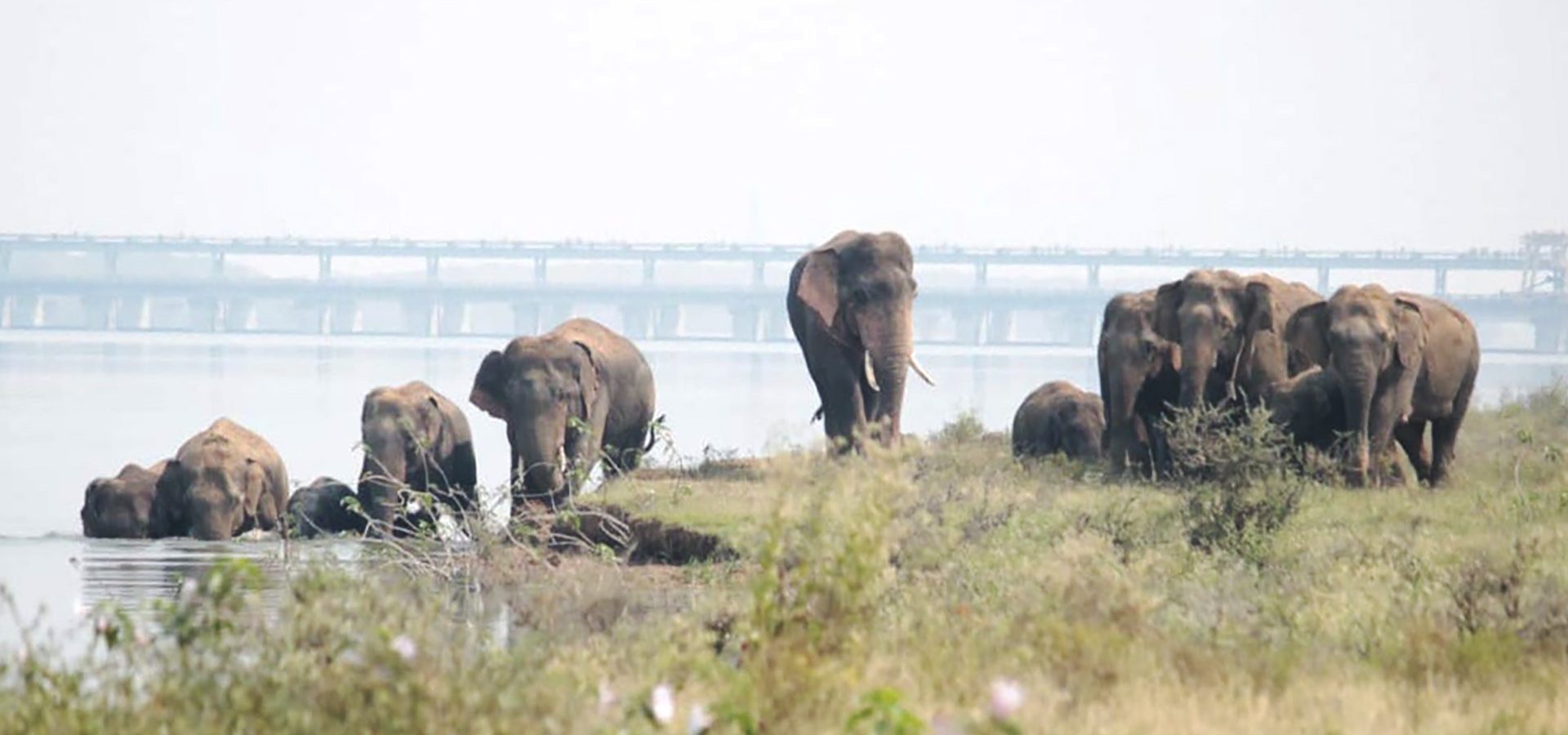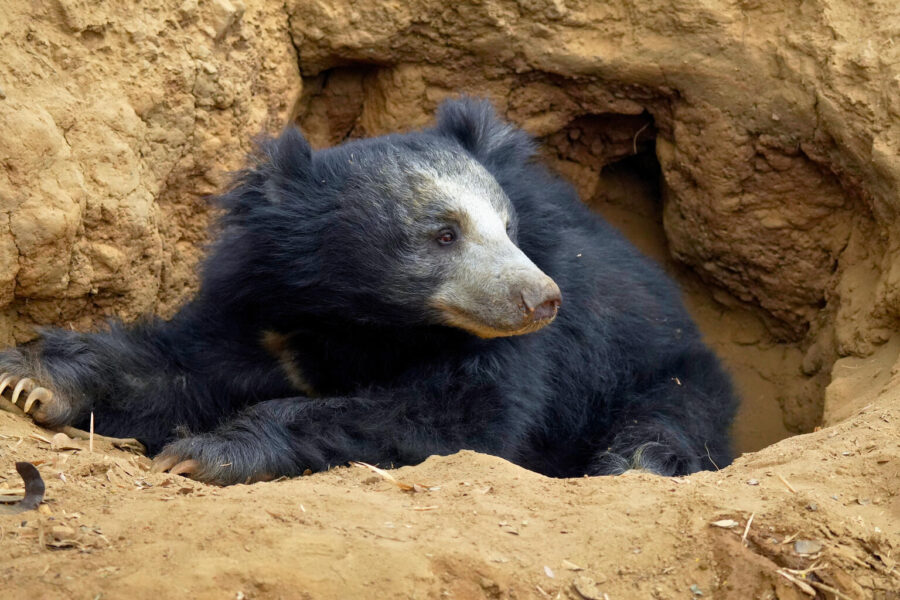One of the most widely used jargons in conservation lingua franca is habitat fragmentation. When spoken about the threats faced by endangered or critically endangered animals, we can safely say that habitat fragmentation is a phrase which is recurring in almost every discourse. But fragmentation is an all-encompassing term which has many components to it and we are here to deep-dive into these very components.
So what makes fragmentation a universal problem, all across our planet? To start with, anthropogenic factors are the primary reason for fragmentation of a natural habitat or environment. The three main factors which cause this are urbanisation, agriculture and roads & railways. It completely capsizes the functioning of an ecosystem and the residents of these places are the very first to be most severely affected.
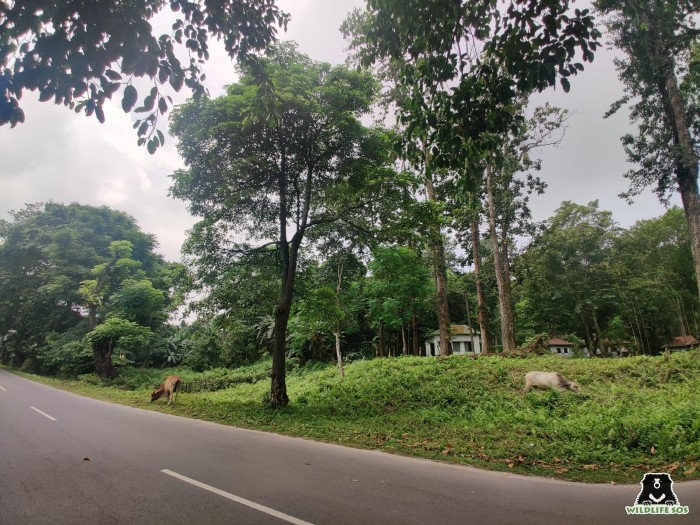
City ordeals
Imagine you are a tree-dwelling animal and suddenly humans barge in and cut down the trees, only to destroy your pristine home and completely alter the landscape. You are left with no habitat to dwell in. Something similar happened to the slender loris in Bangalore. One of the most primitive primates to walk the Earth, these nocturnal animals evolved much before monkeys and are native to the tropical rainforests of southern India and Sri Lanka. Now left with only a small patch of green cover in Bangalore, these arboreal primates are somehow managing to survive, but the lack of a contiguous tree cover poses a huge threat to the lorises.
Bangalore’s rapid urbanisation is the cause behind the fragmentation of the slender loris habitat because in the last 40 years, the city’s green cover fell from 68% to a meagre 6%. The lorises cannot jump so they need a continued canopy. But due to the cutting of trees, their food supply also decreases which forces them to come down and forage on the open ground, making them prone to predators and thus making their entire population vulnerable.
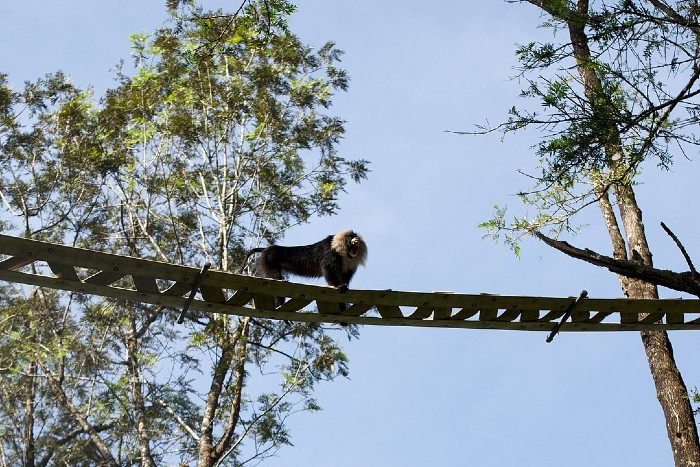
Again, Lion-tailed macaques in Tamil Nadu’s Anamalai Tiger Reserve are also facing a precarious situation. Known to be the smallest of all macaques, Lion-tailed macaques are one of the most threatened primates, and an estimated 3,000-4,000 individuals live in the rainforests of Western Ghats. Add to that the woes of habitat loss, which is forcing them to frequent the nearby town of Valparai. Nearly 40% of the forests near Valparai have been cleared, making way for tea and coffee gardens, and new roads cut their access to food. So they come into homes, raid kitchens and also eat from garbage dumps (which is baleful to their health). This kind of relationship can only have a disastrous impact on wildlife habitats all across.
Woes of agriculture
Tiger conservation has seen remarkable efforts in India and the tiger has acted as the role model on whom scientists have piggybacked to carry out conservation success stories. But the tiger today roams in about less than 10% of its historical range which indicates a huge loss of habitat. In the Pilibhit-Dudhwa landscape, the Pilibhit Tiger reserve is around 750 sq km but it is surrounded by 700 villages, and sugarcane farming is the primary livelihood here. Tigers often frequent these farms because for them, it is difficult to differentiate between a forest and a sugarcane field since both hold water and prey, and make for a perfect extended habitat for the tigers. This can lead to conflict situations, which, if they turn ugly, can lead to retaliatory killings.
In western Maharashtra, a similar tale has unfolded for many years where a high density of leopards exists. Previously a part of the pristine Western Ghats, this landscape has drastically changed in the past 25-30 years with the introduction of irrigated agriculture, especially districts such as Ahmednagar and Junnar. The cultivation of cash crops such as sugarcane became a norm and the boom of the sugarcane industry invited some majestic felids – the leopards. As sugarcane fields expanded, it fragmented their habitats more and more, and slowly the leopards started taking refuge in the sugarcane fields.
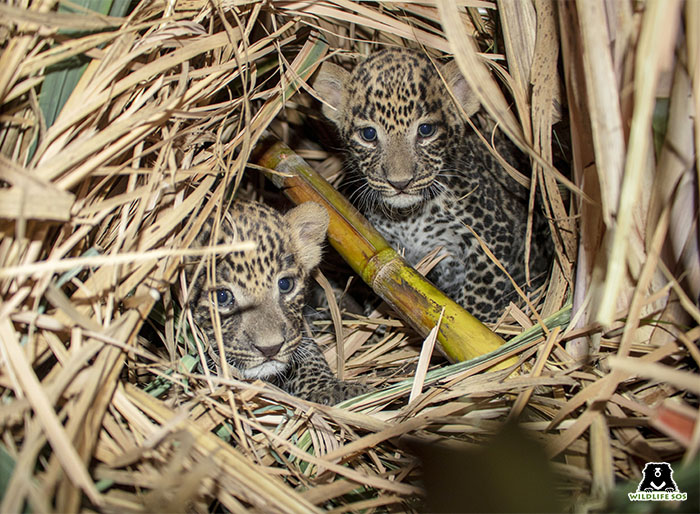
This has led to several cases of human-leopard conflict. But Wildlife SOS has been extremely active in these areas and has worked for several years toward conflict mitigation, awareness programs and drives, leopard cub reunions, and rescue and rehabilitation of injured or orphaned leopards.
Road-rail conundrum
Remember how we told you earlier if human beings come and just build a road, cutting a forest into two? This grave situation is extremely hazardous for wildlife because animals, especially terrestrial ones, are used to a contiguous vegetation for their migration. But what happens when you drive a car at high speeds on a road which passes through the heart of a forest, but at the same time an animal tries to cross the road to go to the other side of the forest for food or water? Most likely, a fatal injury and subsequent death. According to one report, 23 leopards were killed in road accidents in a period of five years in Karnataka. In Tami Nadu’s Mudumalai Tiger Reserve, the common toad was found to be the most susceptible to road accidents, accounting for over 50% of the total mortalities. In Pench Tiger Reserve, reportedly 1.13 snakes were killed per 10-km stretch of road every day.
This linear intrusion takes another devilish form in railway tracks. Long, unending tracts of railway lines running through forests is not an uncommon sight in India. But these 650-m long behemoths, running at an average speed of 70-80 kmph can become killing machines, just like in West Bengal. According to an MoEF&CC report, between 2009-10 to 2020-21, 57 elephants were mowed down by trains in the state of West Bengal. The most recent incident was when seven wild elephants were run over by a Guwahati-bound goods train in the Jalpaiguri district.
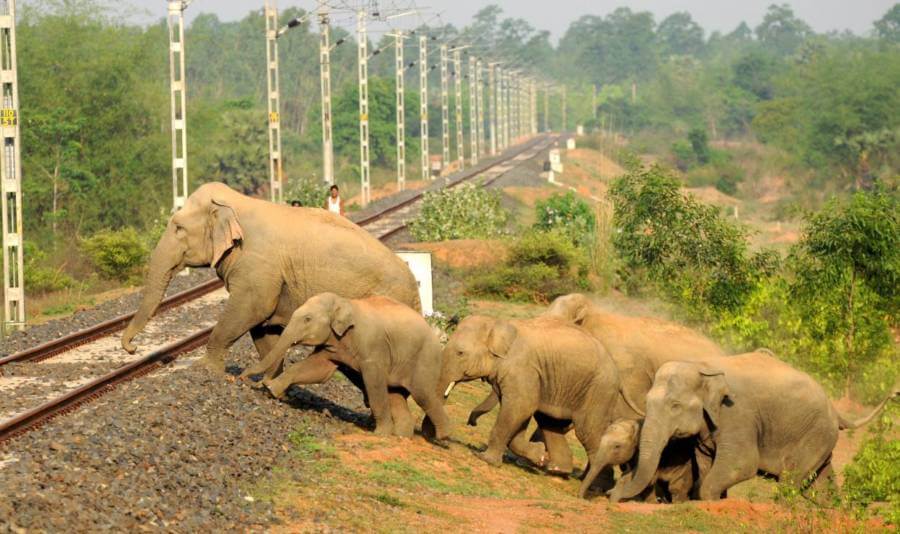
What this clearly indicates is that development comes at a huge price, and that is at the cost of lives. While fragmentation of habitats leads to problems such as conflicts, roadkills, rail accidents and so on, these are not the only ones to be worried about. When a habitat is sporadic, the population is virtually restricted to a pocket or an island and is at the risk of inbreeding. From a macroscopic point of view, today climate change is forcing certain species to migrate but if their natural environment is too fragmented, they will be at the risk of extinction.
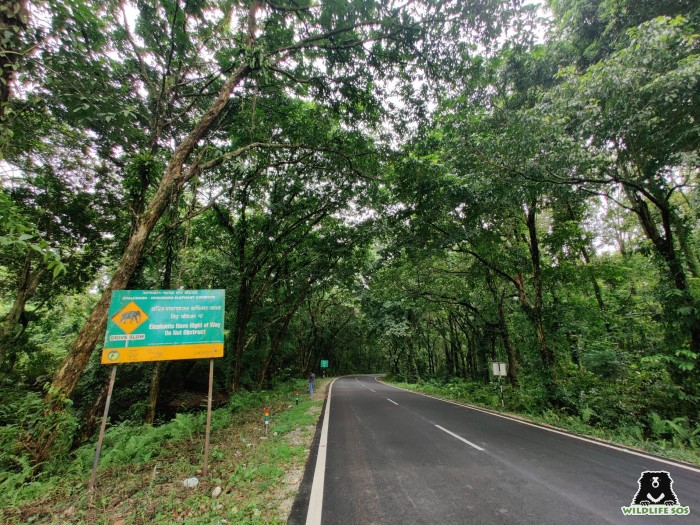
That is why it is more than imperative to create safe passages such as wildlife corridors in the form of underpasses, overpasses and canopy bridges, study a region’s spatial or road ecology to prevent such tragedies from happening and most importantly, increase green cover. We should constantly remind ourselves that only by respecting nature, which is our true home, can we provide the safety of our wildlife and a hope to see a thriving biodiversity.

